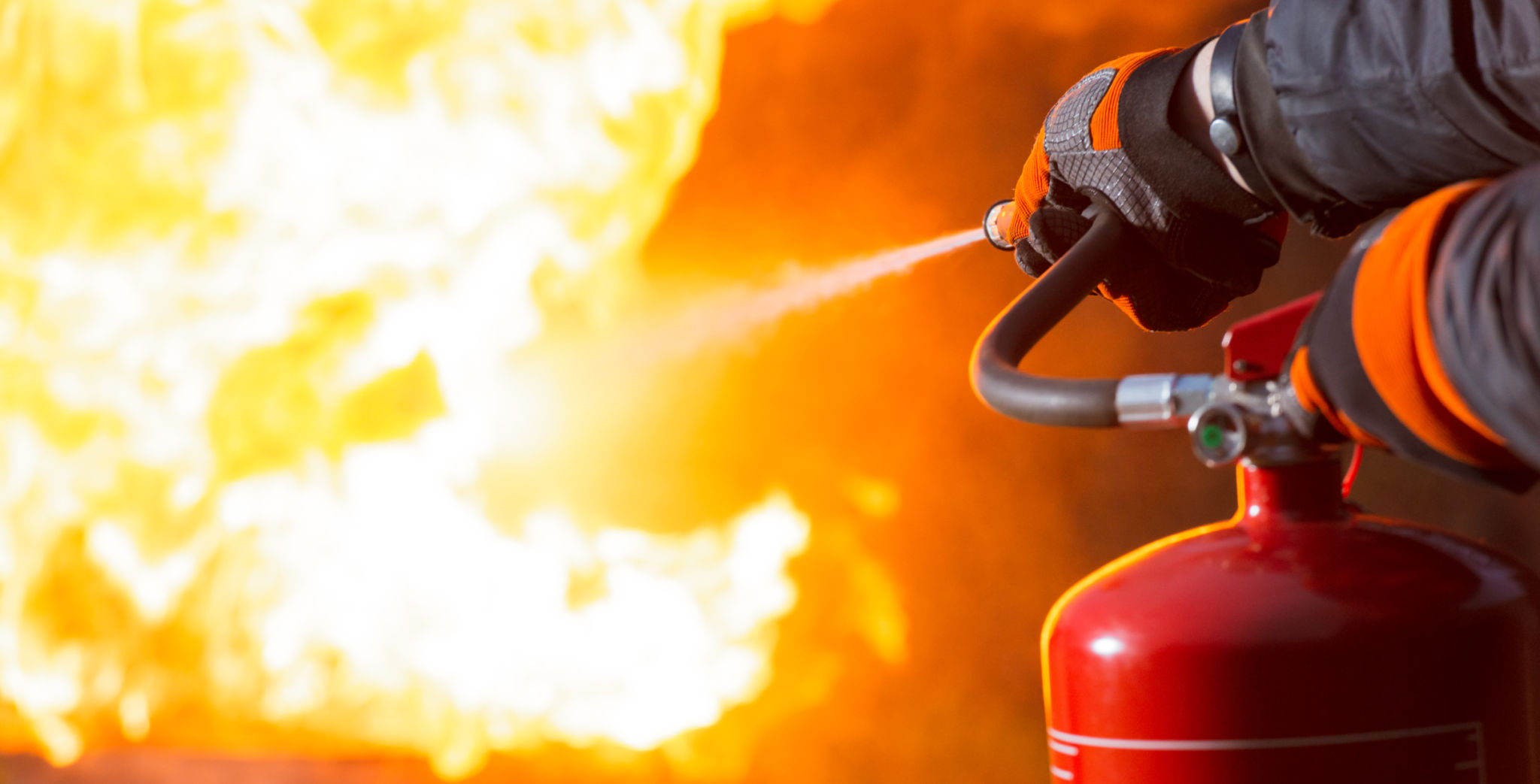The Importance of Portable Fire Equipment in South Africa: A Comprehensive Guide
SF
Understanding the Basics of Portable Fire Equipment
Fire safety is a crucial concern for every South African home, business, and vehicle owner. The devastating impact of fires is evident in recent incidents, such as the Marshalltown building fire in Johannesburg and the devastating wildfires in the Western Cape, which claimed multiple lives and caused millions in damages. These tragedies highlight the urgent need for proactive fire safety measures, including readily available portable fire-fighting equipment.
In this guide, we will cover the different types of fires, the appropriate extinguishing methods, and why investing in fire protection should be a top priority for businesses, fleet owners, and households.
Common types of portable fire equipment include fire extinguishers, fire blankets, and hose reels. Each of these tools serves a different purpose and is suited for specific types of fires. Knowing how to use them correctly can make the difference between a minor incident and a major disaster.

The Legal Requirements in South Africa
In South Africa, the Occupational Health and Safety Act (OHSA) mandates that businesses comply with stringent fire safety regulations. These regulations ensure that all workplaces are equipped with the necessary fire-fighting equipment and that employees are trained in their use. Non-compliance can lead to severe penalties, making it imperative that businesses prioritize fire safety.
Regular inspections and maintenance of portable fire equipment are also required to ensure they function effectively in an emergency. This includes checking pressure gauges on extinguishers, ensuring hose reels are not obstructed, and replacing fire blankets if they show signs of wear.
Choosing the Right Equipment for Your Needs
Understanding Fire Classes and How to Extinguish Them
Fires are classified based on the type of fuel they burn. Understanding these classifications is essential to choosing the right firefighting equipment.
Class A: Ordinary Combustibles
Examples: Wood, paper, cloth, plastics
Best Extinguishing Method: Water, Foam, or Dry Chemical Powder Extinguishers
Recommended Equipment: 4.5kg Dry Powder Extinguisher or 9L Water Extinguisher
Class B: Flammable Liquids
Examples: Petrol, diesel, oil, alcohol
Best Extinguishing Method: Foam, Carbon Dioxide (CO2), or Dry Chemical Powder Extinguishers
Recommended Equipment: 2kg CO2 Extinguisher or 4.5kg Dry Powder Extinguisher
Class C: Flammable Gases
Examples: LPG, methane, butane
Best Extinguishing Method: Dry Chemical Powder Extinguisher (cut off gas supply first!)
Recommended Equipment: 4.5kg Dry Powder Extinguisher
Class D: Metal Fires
Examples: Magnesium, aluminium, titanium
Best Extinguishing Method: Specialised Dry Powder (not standard ABC powder)
Recommended Equipment: Class D Metal Powder Extinguisher (Only for industrial use)
Class E: Electrical Fires
Examples: Faulty wiring, overloaded circuits, electrical panels
Best Extinguishing Method: CO2 Extinguisher (non-conductive)
Recommended Equipment: 2kg or 5kg CO2 Extinguisher
Class F: Cooking Oil/Fat Fires
Examples: Deep fryers, kitchen fires
Best Extinguishing Method: Wet Chemical Extinguisher
Recommended Equipment: 6L Wet Chemical Extinguisher (For restaurants and food establishments)

The South African Fire Landscape: Why Fire Equipment is Essential
1. Fires in Businesses & Factories In 2023, a massive fire gutted a Durban factory, resulting in significant financial losses. Reports indicated that a lack of proper fire extinguishers on-site led to delays in controlling the blaze. Businesses must ensure compliance with SANS 1475 fire equipment regulations and have fire extinguishers, hose reels, and sprinkler systems in place.
2. Vehicle Fires & Fleet Protection With high vehicle fire incidents due to mechanical failures, electrical faults, and accidents, fleet owners must equip vehicles with portable fire extinguishers. In January 2024, a minibus taxi in Cape Town caught fire, leaving passengers trapped. Having a 1kg or 2kg dry powder extinguisher in every vehicle can mean the difference between a minor incident and a total loss.
3. Household & Informal Settlement Fires Johannesburg and Cape Town have experienced multiple shack fires, displacing thousands. Many of these fires spread due to the absence of fire-fighting tools. A simple fire blanket or a 4.5kg dry powder extinguisher in every home can prevent tragedies.
4. Office Buildings & Residential Complexes A major office fire in Sandton in 2022 highlighted the importance of regularly serviced extinguishers. Fire safety should be a non-negotiable priority in commercial and residential properties, with fire alarms, extinguishers, and emergency exit plans in place.

Choosing the Right Fire Equipment for Your Needs
Here’s a quick reference for selecting fire-fighting equipment:

Final Thoughts: Fire Safety is Everyone’s Responsibility
South Africa's fire incidents prove that having the right fire equipment is not optional—it’s a necessity. Businesses, homeowners, fleet operators, and individuals must take fire safety seriously to prevent losses, protect lives, and comply with regulations.
How Simply Fire Can Help
At Simply Fire, we specialize in: ✅ Supplying SANS-approved fire extinguishers ✅ Fire risk assessments and installations ✅ Fire extinguisher servicing and compliance checks ✅ Emergency fire training and safety consultations
🔥 Don't wait for a fire to realize you needed protection. Contact Simply Fire today for expert fire safety solutions! 🔥
📩 Get in touch: [email protected]
🌐 Visit our website: www.simplyfireonline.com
#FireSafety #SimplyFire #FireExtinguishers #FireProtection #SafetyFirst #SouthAfrica
